Our History
The Carneros AVA was established in 1983 and the Carneros Wine Alliance was formed in 1985, but the land has a history that dates back to the 1800s.
Named after the many sheep that once dotted the hillsides of Sonoma and Napa counties, Carneros AVA is inextricably linked to the Mexican jurisdiction that originally settled the lands in the area.
In an effort to secularize the many California missions in the area and colonize the land, Rincon de Los Carneros -- the namesake of the Carneros region -- was given as a land grant to Mexican immigrants by military commander Mariano Guadalupe Vallejo in the early 1800s.
Early settlers were initially drawn to Sonoma's fertile lands and moderate climate. An influx of American, German, French, and Irish settlers began in the 1840s. Arriving by boat or by wagon trail via the Santa Fe Trail, the Oregon route, or across the Nevada desert, many ventured from the town of Sonoma to Carneros in search of farmland.
Others traveled by horse, wagon, or foot through the region on the well-traveled Sonoma Highway (known today as Routes 12/121) which connected the Napa and Sonoma Valleys. Many miners also passed through during the gold rush on their way to the Trinity Alps or the Sierra foothills. Throughout the 1850s and 1860s, a stagecoach traversed Carneros daily on its way from Sacramento to Petaluma.
As the population diversified, discontent with the Mexican government grew. In 1846, a group of American frontiersmen overthrew Vallejo's forces in the famous Bear Flag Revolt. For a brief one-month period California existed as a republic until being annexed by the United States.
The relative proximity of San Francisco and ease of transport by water also played a role in the historical development of Carneros. As early as 1850, while hay was still free for cutting, workers traveled by barge to Carneros where they cut and loaded hay and grain for transport to San Francisco.
Farmers flocked to Carneros to raise sheep and cattle as well as cultivate wine grapes, pears, plums, apples, and apricots. Such was the bounty of the region that wharves along the Napa River and Sonoma Creek. Railroad stations (Schellville and Buchli stations) were built in the late 1800s to accommodate the flow of fruit, milk, grain, cattle, and hay to the markets of San Francisco.
Early on grapes played a prominent role in Carneros agriculture. The first winery in Carneros was built in the early 1870s, named Winter Winery, by William H Winter of Indiana.
While the wine industry thrived in Carneros in the mid-1800s, it came to a grinding halt by the turn of the century. The combination of phylloxera in the late 1870s and 1880s and Prohibition (1919-1933) virtually destroyed the fledgling industry.
In 1935, following the repeal of Prohibition, John Garetto established the first post-Prohibition winery in Carneros (the present site of Bouchaine Vineyards). Shortly thereafter, Andre Tchelistcheff and Louis M. Martini pioneered the rebirth of Carneros by establishing it as a cool climate viticultural region.
The 1960s heralded a new wave of vineyard development begun by Beaulieu Vineyards and growers Rene di Rosa of Winery Lake Vineyard, Ira Lee, and the Sangiacomo family.
The groundbreaking for Carneros Creek Winery in 1972 signaled a new era of winery development in Carneros that continues today. The '80s were marked by skyrocketing development as hundreds of acres of land were planted to vineyard.
Receiving its AVA status in 1983, Carneros was the first wine region in California to be defined by its climate characteristics rather than political boundaries. In 1985, the Carneros Wine Alliance was formed.
Today, thanks to its cool to moderate climate variations, the Carneros AVA offers some of the most versatile wines in the valley, from crisp sparkling wine to bold merlot.

